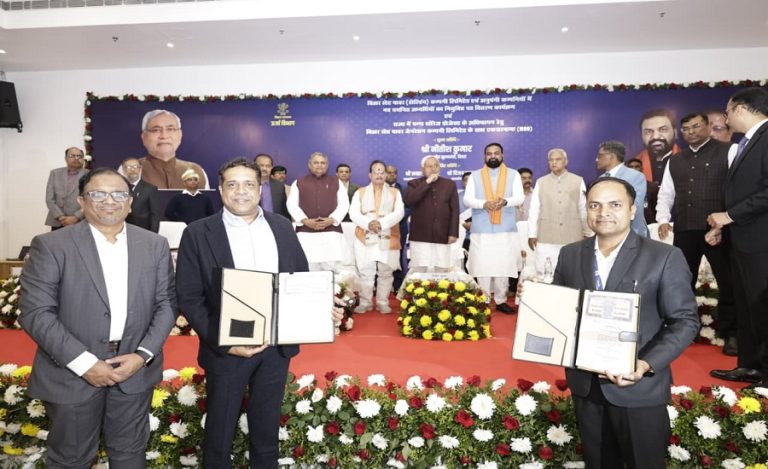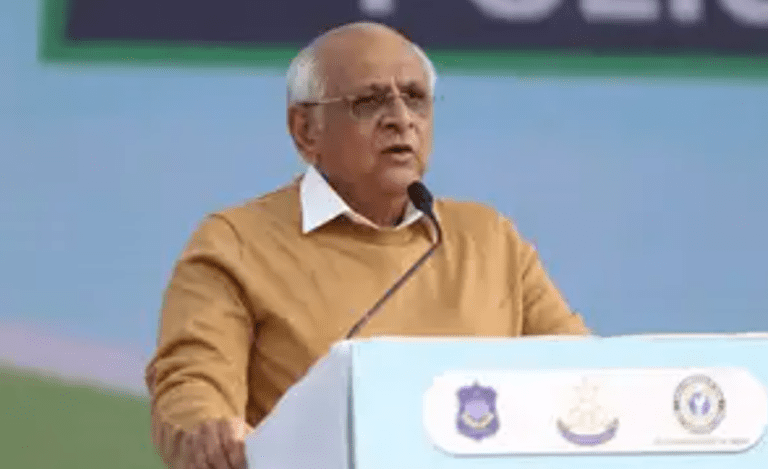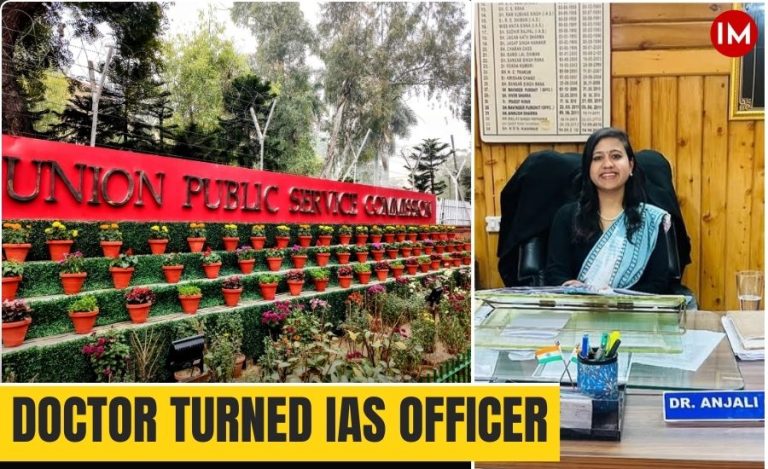In a landmark move toward participatory conservation, the Maharashtra Forest Department has partnered with Microsoft and the Centre for Youth Development and Activities (CYDA), Pune, to address critical socio-ecological challenges in the Tamhini Wildlife Sanctuary.
The partnership aims to enhance both biodiversity conservation and eco-tourism infrastructure, marking a promising synergy between technology, community engagement, and environmental stewardship.
The initiative is funded by Microsoft and will be executed on-ground by CYDA in close coordination with forest officials. Work is expected to begin in July 2025, officials confirmed.
Tamhini Sanctuary: A Natural Gem Facing Challenges
Located approximately 70 km from Pune, the Tamhini Wildlife Sanctuary sits on the crest of the Western Ghats, a UNESCO World Heritage site and one of the world’s eight “hottest hotspots” of biological diversity. Known for its lush monsoon landscapes, the sanctuary is home to iconic destinations like Andharban forest, Plus Valley, and Devkund waterfalls. These attractions draw thousands of hikers, birdwatchers, and nature enthusiasts annually.
However, the sanctuary faces challenges linked to unmanaged tourism, including poor infrastructure, lack of signboards, and inadequate facilities – factors that not only risk visitor safety but also stress the delicate ecosystem.
Ground-Level Interventions: From Benches to Biodiversity Protection
A needs-based assessment carried out by CYDA has identified several priority areas for intervention-
- Installation of signboards to guide trekkers through the forest trails
- Benches for resting, especially along the longer trekking routes
- Protective entry gates to regulate and monitor visitor movement
- Solar lighting to improve visibility and reduce environmental impact
- Drinking water and sanitation blocks for tourists and forest personnel
- Plastic waste management systems, including dustbins and bottle crushers
- “This is a moderately long trek, and lack of basic amenities like benches and lighting was a major concern,” said Prasad Zaware, Community Engagement Officer at Microsoft.
A Community-Driven Approach to Conservation
Deputy Conservator of Forests (Wildlife), Tushar Chavan, emphasized that the collaboration represents a community-centered conservation model.
“This collaboration marks a meaningful step towards participatory conservation and the integration of nature-based solutions to combat climate and biodiversity challenges,” Chavan said.
The initiative also aligns with broader sustainability goals, aiming to blend ecological restoration with visitor awareness, infrastructure improvement, and community involvement.
Corporate Responsibility Meets Environmental Sustainability
Srichandana Nagoji, Community Affairs Lead (India and Kuala Lumpur) at Microsoft, highlighted the tech giant’s commitment to localized and community-based conservation efforts.
“Microsoft is committed to supporting projects that address global challenges like climate change and biodiversity conservation through localised, community-driven efforts. This initiative aligns with the United Nations’ Sustainable Development Goals,” Nagoji stated.
Conclusion: A Blueprint for Sustainable Eco-Tourism
The Tamhini initiative stands as a potential model for eco-sensitive tourism and conservation across India. By improving visitor experience while protecting wildlife habitats, this project represents a balanced and innovative response to increasing human interaction with fragile ecosystems.
As work begins in July, the collaboration between forest authorities, Microsoft, and CYDA will be closely watched by conservationists and policy-makers alike as a pioneering example of public-private-community partnership in environmental stewardship.



























